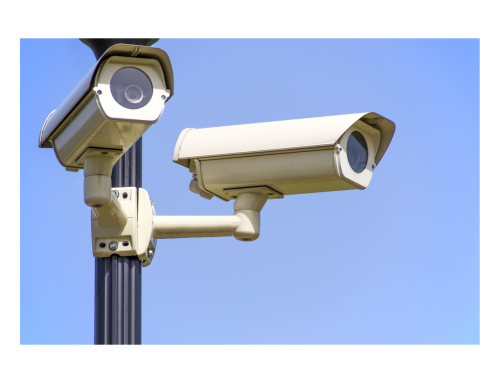An integrated security equipment system is a key component of a comprehensive school safety strategy and can be critical when other violence prevention efforts fail. The primary challenge in implementing needed security equipment systems within K-12 schools is availability of financial resources. As educators and communities across the United States move forward to address security deficiencies in their schools, recent legislation from the US Congress can help school administrators close school security gaps.
The Consolidated Appropriations Act of 2018 includes legislation known as the STOP School Violence Act, authorizing nearly $1 billion in federal funds for matching grant programs through the U.S. Department of Justice (DOJ) through 2028. The most significant result of this new legislation is that, among other provisions, it restores federal grant assistance specifically for school security equipment and technology by providing a 10-year reauthorization for what had previously been known as Secure Our Schools (SOS) grants, with significantly expanded funding and allowable uses. No funding had been available for SOS grants since fiscal 2011. The new law restores and more than doubles funding for this program.
As originally introduced in the US House of Representative in January 2018, House Resolution 4909 would have reconfigured the grant program to focus solely on violence prevention training and anonymous threat reporting systems, while Senate Bill 2495 included a broader array of grant uses that included security technology and equipment – a key difference.
Ultimately, the House amended its bill to also include facility security measures as it passed that chamber. The final version enacted represents a compromise between the House and Senate approaches, setting up two different programs under a $100 million annual authorization. Unlike many federal programs that are authorized but not funded, full funding is likely at least in the near term because appropriators offset the additional cost mostly by redirecting funds from the Comprehensive School Safety Initiative (CSSI).
The first is a new program under the Bureau of Justice Assistance (BJA) that will provide grants for training school personnel and students in violence prevention and mental health response, as well as threat assessment programs and anonymous threat reporting systems. This program is provided with $50 million this year and authorization for $67 million annually through 2028.
The second program is what was formerly known as Secure Our Schools (SOS), administered by the Office of Community Oriented Policing Services (COPS). It is provided with $25 million in funding this year and an authorization for $33 million per year through 2028, which doubles the average annual appropriation for the program provided from 2002-11. These grants are provided for locks and other security measures as well as coordination with local law enforcement. Additionally, it emphasizes use for “acquisition and installation of technology for expedited notification of local law enforcement during an emergency,” referencing duress alarm systems.
Qualifying
Understandably, Congress wanted to ensure accountability in the program to ensure taxpayer dollars are spent to support programs, technology, and equipment that are effective. The “evidence-based” requirement is defined differently for training programs and other social interventions versus technology and equipment.
For technology and equipment, grant applicants can rely on the significant and growing body of work on school security best practices to validate technology and equipment needs. These have been identified in part through public commissions and task forces throughout the country established to provide recommendations, formulate guidelines, and set standards for school security. (Examples include the Sandy Hook Advisory Commission and the Indiana School Safety Guidelines, but 12 states so far have established guidelines or set standards and many others are working to do the same.) Best practices have also been developed through collaboration between public and private sector security experts, such as the Partner Alliance for Safer Schools (PASS), founded to support nationwide use of best practices for effective use of limited resources for security.
The definition requires security solutions to be code compliant, which helps ensure professional installation and use of products appropriate for the school setting – addressing, for example, use of improvised barricade devices that violate fire codes, which are completely unnecessary with proper door hardware providing lockdown capability.
Under the COPS program, past projects provide a good indication of what the new funding will support – emergency communications systems, video surveillance, campus access and classroom entrance control technology, fortified entrances, law enforcement training, and other measures. It also prioritizes funding for public schools, although private schools could benefit through subgrants to other types of organizations.






